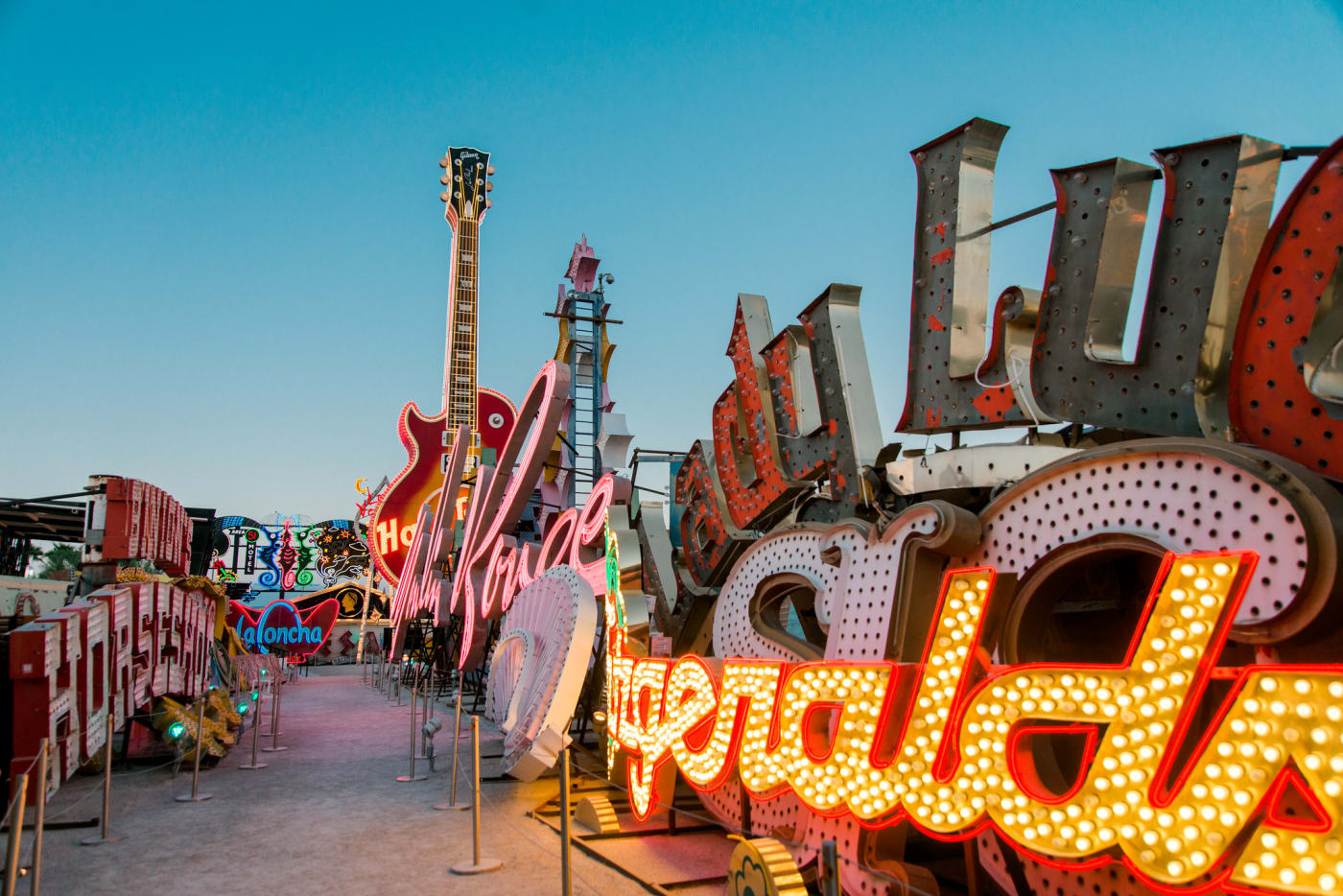
It’s All in the Details
The Bateau costume from “O” derives its name from the French word for a small, flat-bottomed boat with raked bow and stern and flaring sides. Fittingly, the costume features prominently in a boat-centered trapeze sequence in the show, in which aerial acrobats swing from a boat suspended over a pool of water. This sequence originally began as two crossing ladders connected by a single axle and suspended by straps. This preliminary design, however, was not able to stabilize safely. The Cirque du Soleil team made incremental changes and ended up with the Bateau as we know it today.
Not only does the Bateau sequence rely on specialized tools and mechanisms, but it also relies on the physical power of ensemble performance. The synchronized cast of aerial acrobats atop the swinging boat not only execute flawless aerial stunts but together they also control the oscillation of the entire apparatus.
Similar to the Bungee costume from Mystère, the Bateau costume features both a cagoule – or hood – and a full-body unitard, with the addition of a vest worn over the unitard. As this performer is using a trapeze, maximum maneuverability is inherent throughout the conceptualization and design process.
Rather than its details being hand-painted, the Bateau costume’s design is completed via sublimation. Sublimation uses heat to essentially bring ink and fabric together as one. The process is similar to a tattoo, but instead of your skin, it’s applied to a fabric of your choosing. The heat opens up the pores of the fabric, then with the applied pressure, the ink cools and returns to a solid form.
First, a design is printed onto special paper. The inks used turn into a gas when brought under heat, then combine with the fabric and permanently print onto the fabric surface. These effects are permanent and less prone to fading. This method is perfect for use on synthetic fabrics and designs that rely on the details, allowing a designer to go from seam-to-seam.
Jack Ricks, Costume Specialist, on new techniques in Cirque du Soleil productions:
“With each new show, especially the legacy shows, we [see improvement] in the techniques. They have more sublimation techniques now, they have simplified more things now, they can do 3D printing to recreate things in a different way – it’s very far from the tent show where everything was just made by craftsmen and handmade in that way.”
Kati Renaud, Senior Artistic Director (Resident Shows Division), on athletic performance versus artistic performance:
“There are some similarities and common elements, such as discipline, focus, [and] the mental training. What’s different is the athletes are working on one thing in a competition, which is winning. Winning first place, winning gold – years and years of training for that specific competition or event. Yet, what Cirque [du Soleil] does is we piggyback on that, because the athletes that we shift and shape into artists still require that same focus, discipline, and mental conditioning. What we do often when those athletes come to us is help them with the tools of musicality, stage presence, [and] connecting with the audience. That’s a hard wall to break for some of them, because it’s been so engrained in their training, the technical and skill parts of it, but at Cirque [du Soleil], we still want them to hold onto that, but to add on a more organic, sort-of fuzzy feeling to that – it’s challenging, but that’s the fun part of the job.”
On what training athletes to become performers means to her:
“To give them that confidence and that support, I find that very fulfilling and rewarding. That’s when I kind-of thought, ‘Ooh, that’s what I want to do.’ Because I was still in my transition, myself, as an artist and figuring out ‘What’s next?’ after the stage. When I realized that it was something that spoke to me, that’s when I pursued returning to Cirque du Soleil as an artistic coach and an artistic director.”





